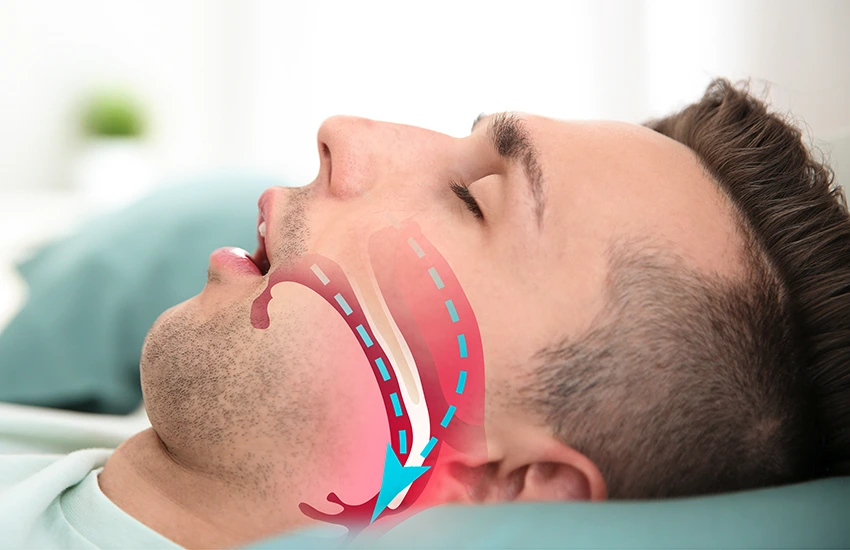
Introduction
Sleep apnea is a serious and potentially life-threatening sleep disorder characterized by recurring pauses in breathing during sleep, resulting in disrupted sleep patterns and reduced oxygen intake. Occurring in various forms, including obstructive, central, and mixed sleep apnea, this condition affects millions worldwide, often going undiagnosed. With risk factors including obesity, age, family history, and smoking, sleep apnea can lead to severe consequences such as cardiovascular disease, stroke, and neurological problems if left untreated. Recognizing symptoms like loud snoring, morning headaches, and excessive daytime sleepiness is crucial for early diagnosis and effective management through treatments like CPAP therapy, oral appliances, and lifestyle modifications.
Causes and Risk Factors
Sleep apnea is often caused by a constriction in the upper respiratory tract, which blocks airflow. Factors that increase the risk include:
- Obesity
- Age (over 40)
- Family history
- Smoking
- Nasal congestion
- Enlarged tonsils or adenoids
Recognizing the Signs
Watch for:
- Loud snoring
- Pauses in breathing during sleep
- Morning headaches
- Fatigue and daytime sleepiness
- Difficulty concentrating
Consequences of Untreated Sleep Apnea
If left untreated, sleep apnea can lead to:
- Cardiovascular problems (high blood pressure, heart attack, stroke)
- Neurological issues (depression, anxiety, cognitive impairment)
- Increased accident risk
- Reduced quality of life
Treatment Options
Effective treatments include:
- Continuous Positive Airway Pressure (CPAP) therapy
- Oral appliances
- Surgery (uvulopalatopharyngoplasty, adenoidectomy)
- Lifestyle changes (weight loss, smoking cessation, sleep position modification)
- Laser Treatment
